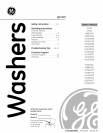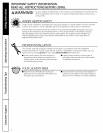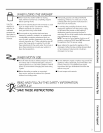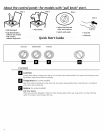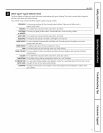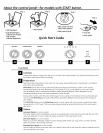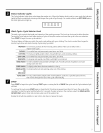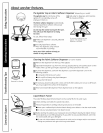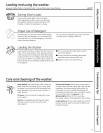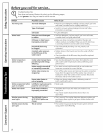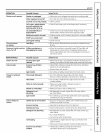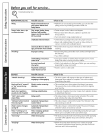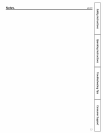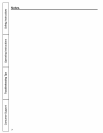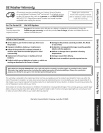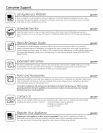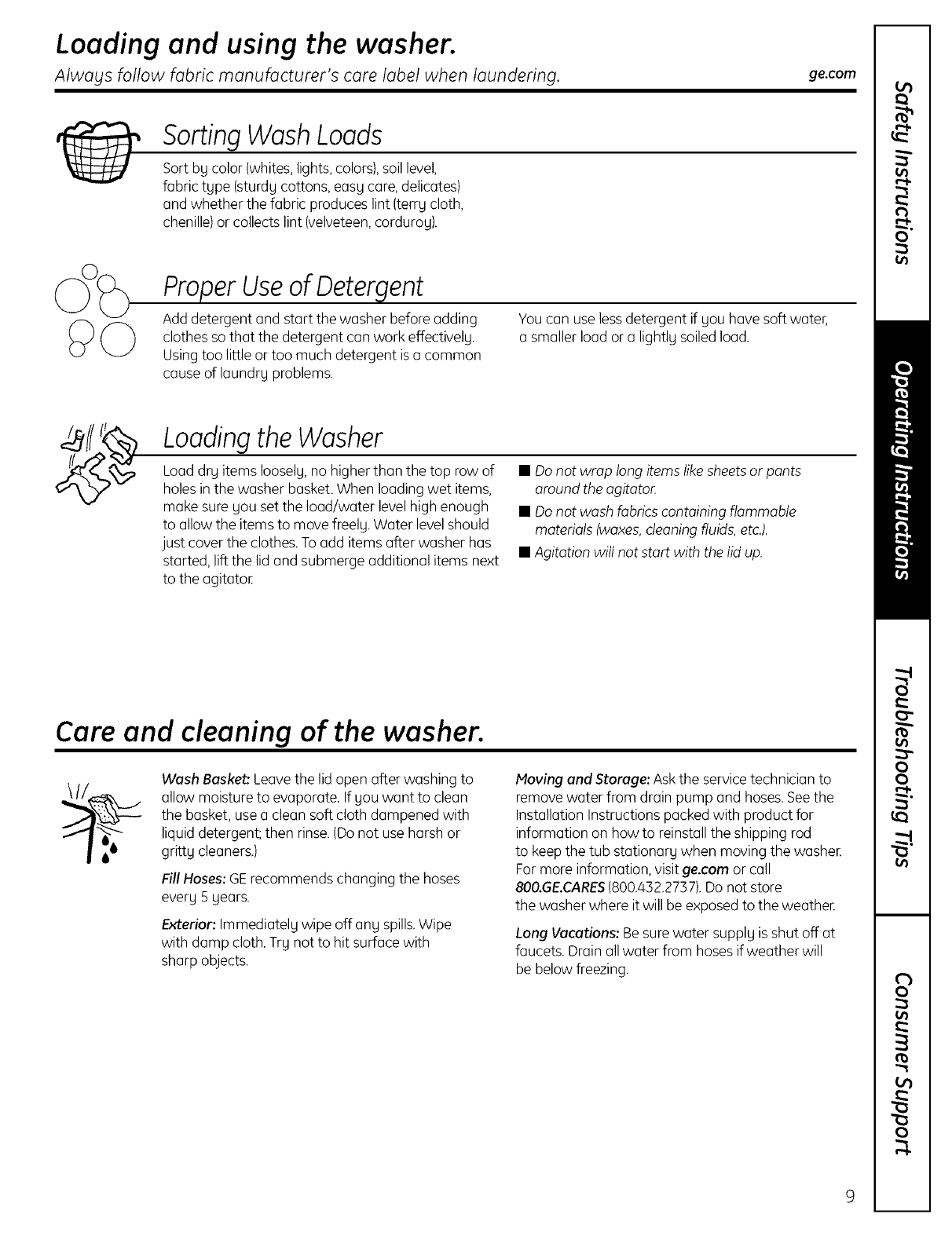
Loading and using the washer.
Alwags follow fabric manufacturer's care label when laundering, ge.com
SortingWashLoads
Sort bg color(whites,lights,colors),soillevel,
fabric tgpe (sturdgcottons, easg care,delicates)
and whether the fabric produces lint (terrgcloth,
chenille)or collects lint (velveteen,cordurog).
ProperUseofDetergent
Add detergent and start the washer before adding
clothes so that the detergent can work effectivelg.
Usingtoo little or too much detergent isa common
cause of laundrg problems.
Youcan uselessdetergent if gou have soft water,
a smaller load or a lightlg soiledload.
Loadingthe Washer
Load drg items Iooselg,no higher than the top row of
holesin the washer basket. When loading wet items,
make sure gou set the load/water levelhigh enough
to allow the items to move freelg.Water levelshould
just cover the clothes.Toadd items after washer has
started, lift the lid and submerge additional items next
to the agitatoE
• Donot wrap long items likesheetsor pants
around theagitaton
• Donot wash fabrics containing flammable
materials (waxes,deaning fluids,etc.).
• Agitation will not start with thelid up.
Care and cleaning of the washer.
Wash Basket:.Leavethe lid open after washing to
allow moisture to evaporate. If gou want to clean
the basket, usea clean soft cloth dampened with
liquid detergent;then rinse.(Donot useharsh or
grittg cleaners.)
FillHoses: GErecommends changing the hoses
everg 5 gears.
Exterior: Immediatelg wipe off ang spills.Wipe
with damp cloth.Trgnot to hit surface with
sharp objects.
Moving and Storage: Askthe servicetechnician to
remove water from drain pump and hoses.Seethe
Installation Instructions packed with product for
information on how to reinstall the shipping rod
to keepthe tub stationarg when moving the washeE
Formore information, visit ge.com or call
800.GE.CARES(800.432.2737).Donot store
the washer where it will be exposed to the weatheE
Long Vacations: Be surewater supplg is shut off at
faucets. Drainall water from hosesif weather will
be below freezing.



